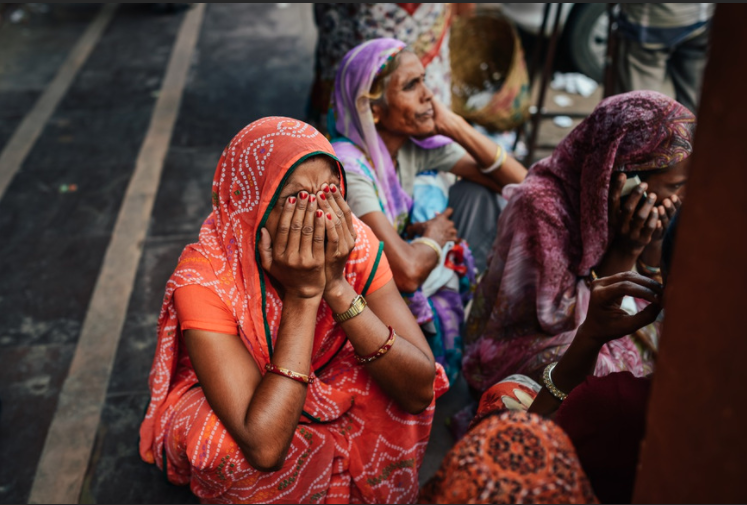
India's cash crisis six months later
Half a year after Prime Minister Modi created the highly reported Indian cash crisis of 2016, the nation seems to be recovering from the economic shock... but not without learning a few lessons.
The idea behind the ban was 'a crackdown on counterfeiting, corruption and illegal cash holdings'. However, a report in January suggests that there was much less money involved in these criminal activities 'than originally thought by the government'. Interestingly, India's government expected a third of the 1000 and 500-rupee banknotes (considered 'black' money) to remain undeclared after the deadline of 30 December 2016 but actually, over 97% had been returned.
"This suggests that there was [...] less money involved in tax evasion or corruption than originally thought by the government, and fewer counterfeits."
The short-term effects of the overnight ban included 'an immediate slowdown of India's economy' as millions had to miss work to find a bank, many travelling hours if not days. Almost 40% of the population is unbanked so the ban did not push them towards electronic payments as Modi intended, instead, they regressed to 'trading surplus stock for other groceries'.
Culturally, this ban further exacerbated an already painful problem for India. Women in India are 15% less likely to have a personal bank account, which results in those without being forced to ask their male relatives or husband to exchange their currently worthless life savings for them. A report by The Economist showed that calls to domestic helplines doubled overnight in Bhopal after husbands and male relatives responded violently when these women revealed their hidden savings.
"Citing the negative impact [...] the World Bank reduced its original growth forecast for India in the fiscal year to March 2017 from 7% to 6.4%."
Six months on, the nation might be on the cusp of 'domestic turmoil' outside of the home, as the event was 'disproportionately felt by the lower and upper-income classes,' according to an analysis from Deloitte Touche Tohmatsu India LLP. The informal economy consists of approximately 80-90% of the workforce in India, and it was the employees who work in agriculture, construction or home-based services suffered the consequences more than their employers.
Even though the impact of the crisis subsided more quickly than anticipated and the UN predicts economic growth to become stable at 7.1% this year and 7.5% by next year, the cultural and social costs continue to be felt. One thing is for sure, any nation attempting a similar economic revamp will have 'to look very closely at what happened in India and the impact it had on its citizens before embarking on such a huge task.'
Source
Currency News, May 2017. "6 Months On - the Effects of Indian's Demonetisation". Currency Publications, Vo. 15 No. 5. <file:///Users/dominique.e/Downloads/Curency_News_MAY_2017_%20(1).pdf>.
